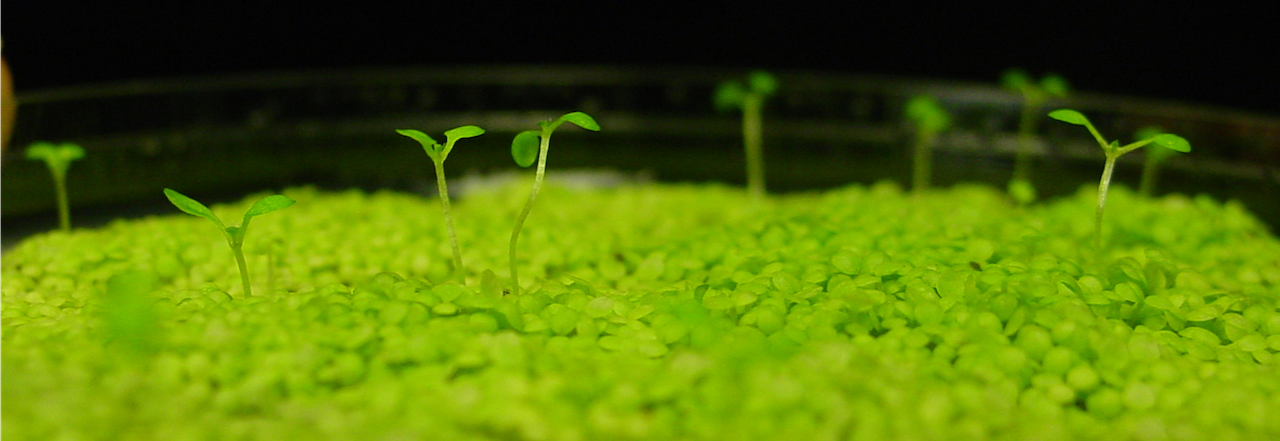Project 1. Understanding and leveraging molecular diversity within the phytochrome superfamily. Studies under this project focus on defining the rules for spectral tuning, energy utilization, and signal transfer within the phytochrome superfamily of photoreceptors. Leveraging the molecular diversity that has arisen in nature, we seek to understand the design principles underpinning the successful fusion of bilin-binding, light-input modules with diverse signal output modules including protein kinases, nucleotidyl cyclases, transcription factors, and others. Members of the extended phytochrome superfamily function as stable two- or three-color photoswitches to use the color, intensity, and circadian fluctuation of light in the natural environment to modulate motility, reproduction, circadian clock entrainment, and key developmental transitions in eubacteria, plants, eukaryotic algae, and fungi. Our studies exploit the profound diversification of spectral tuning and light intensity response in extant phytochrome light sensing in response to the environmental challenges faced by host organisms, as well as the integration of light with temperature, pH, and redox potential by these photoreceptors.
Photosynthetic species rely on phytochromes to regulate expression of genes involved in light harvesting, growth and developmental transitions necessary for optimizing light absorption under limiting light and for minimizing damage under excess light. These adaptive responses are critical in both aquatic and terrestrial environments, enabling rapid and long term acclimation to light variation and enhancing competition for light capture with other photosynthetic species. Cyanobacteria possess the largest complement of phytochromes, with molecular architecture, wavelength sensitivity and photochemical properties that have diverged significantly during nearly 3 billion years of evolution. By comparison, plants utilize a small family of stereotyped phytochrome genes to enhance or repress growth, to trigger or suppress flowering, and to conserve stored food reserves under prolonged shade conditions; these responses confer an adaptive advantage over plant competitors but reduce crop yield in modern agricultural settings. Approaches to alter phytochrome signaling therefore are of great importance to sustaining agricultural productivity and food security. In nonphotosynthetic species, phytochromes transduce light signals to regulate reproduction, motility, circadian clock function and pathogenicity. Thus, phytochromes also are potential targets for development of antimicrobials, e.g. for opportunistic human and plant pathogens.
All members of the phytochrome superfamily require a bilin, whose covalent binding to the apoprotein precursor shifts the equilibrium between active and inactive ‘signaling’ states to favor one state to the other. Light absorption triggers an ultrafast photoisomerization reaction that alters the bilin conformation, thereby effecting a conformational change in the protein scaffold. Phytochromes therefore are bilin sensors as well as light sensors, the former perhaps representing an ancestral regulatory role for bilins as protein-binding ligands. As large amphipathic molecules derived from heme ubiquitous in eukaryotes, bilins are potent antioxidants due to their innate ability to react with reactive oxygen species (ROS). When associated with the light-harvesting phycobiliproteins of cyanobacteria and some eukaryotic algae, bilins also function as robust fluorophores with emission quantum yields approaching unity. In solution, bilins are rather inert, dissipating light energy as heat – a useful property for removal of excess light energy. Hence, our studies will provide insight into the role of the protein scaffold for tuning the excited-state biophysics of bilin pigments. Lessons learned from our studies hold great promise for targeted customization of phytochrome scaffolds for a wide variety of optogenetic, biomedical and agricultural applications.
